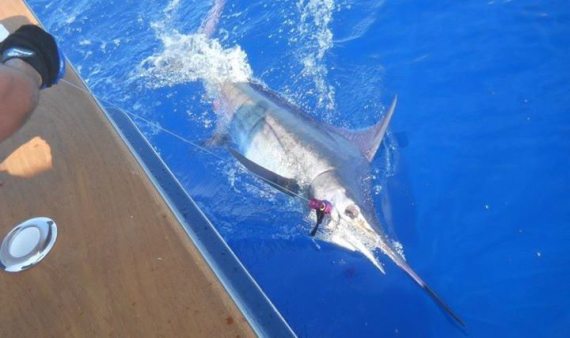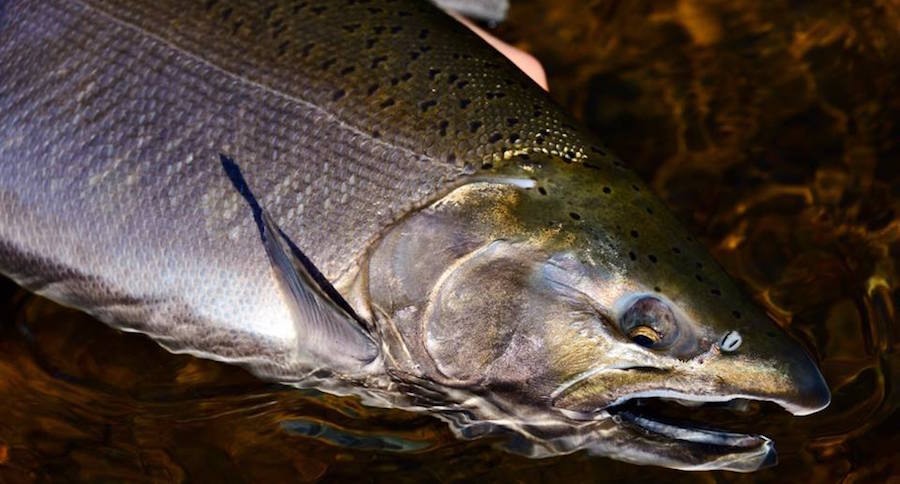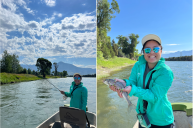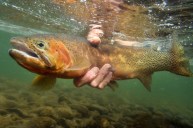Catching and releasing may be the most important conservation decision you make today.
To find out more about booking your hunting or fishing trip, check out Fin & Field.
All fishermen are familiar with the idea of releasing fish, but did you know the catch-and-release movement started with trout fishing? Trout streams are an environment where recreational fishing could cripple populations easily. Trout fishermen, particularly fly fisherman, remain vocal about this practice but its popularity has spread far and wide.
In a lot of areas, fishermen have set their own informal catch-and-release rules. In this way, fishermen are getting better and better and self-regulating our fisheries. A little bit of pragmatism and common sense can go a long way to keeping our sport viable.

Here are some fun facts (or maybe "fin facts"?) and important tips on catch and release:
- In general, 90 percent of caught fish will survive. Some species are heartier, but using care can lead to very good mortality rates.
- Don't move a fish back and forth in the water to revive it; fish don't swim backwards. You can run the boat slowly forward to keep water flowing forward over the fish's gills.
- Circle hooks have the highest live release rates and long term survival rates. J hooks are more easily swallowed. Treble hooks cause the most damage.
- Minimize the amount of handling and the time spent out of water. Many anglers are opting to leave the fish in the water these days, even taking pictures with the fish in the water.
- Use wet hands to handle fish to minimize the disturbance of the protective coating.
- In the unfortunate instance that a fish has swallowed the hook, you can do much more damage trying to remove it, it is best to cut the line.
- Fight the fish quickly - don't play the fish on the line for an unnecessarily long time. The healthier the fish is when you bring it to the boat the better the chances of survival are.
- Use a net designed for catch and release, usually knotless, these nets are designed not to remove the scales and protective coating.
- Support the mid section of large fish to prevent damage to their internal organs or spine. Or better yet, leave them suspended/supported by the water.
https://rumble.com/embed/u7gve.v3tsdx/
NEXT: 5 RARE CATCHES YOU NEED TO SEE TO BELIEVE




